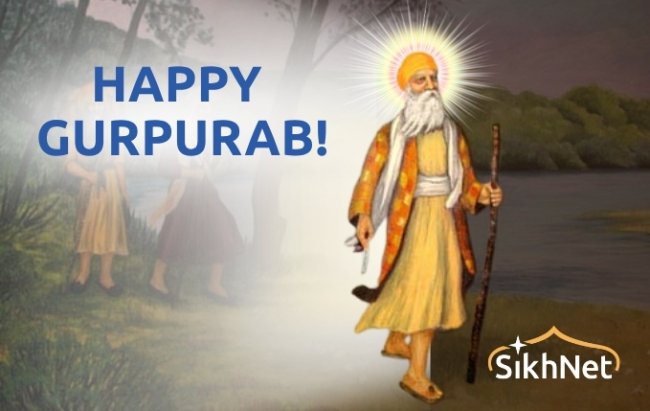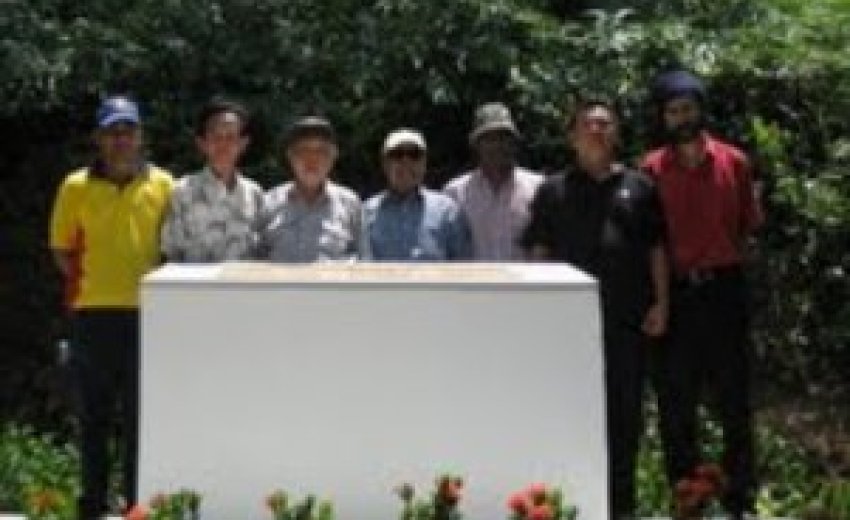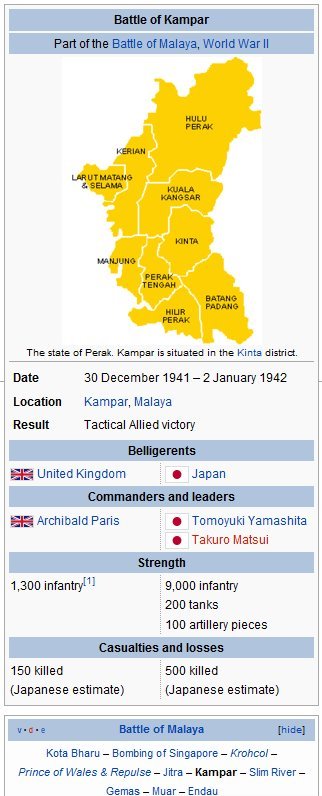 |
Local historian Harchand Singh Bedi and the Ex-Servicemen Association of Kuala Dipang, Kampar joint hands in constructing a monument at the Green Ridge site, Kampar, dedicating to all those who were killed in The Battle from 30th December. The Kampar War Memorial is a poignant reminder of all those who lost their lives defending Malaya against the Japanese Occupation during World War II.
Those who had fought and survived told the tales of those who died in the Battle. They sacrificed their lives so that future generations can live in honour, peace and prosperity. It is a tribute long overdue, the nation had so long not bothered with a memorial honouring soldiers fallen in the battle .1941 ~ 2nd January 1942.
Readers may wonder where Kampar is geographically located. Kampar is a town in the state of Perak, Malaysia. Founded in 1887, the town lies within the Kinta Valley and located in the newly-created Kampar District, an area rich with tin reserves. It was a tin mining town which boomed during the height of the tin mining industry. Kampar had its share of war during the Japanese Occupation between 1941 and 1945.
From December 30, 1941 to 2 January 1942 the Battle of Kampar occurred. An estimated 3000 British soldiers defended the Kampar area against over 6000 Japanese soldiers. The British Army inflicted serious casualties on the Japanese and only retreated when their flank and rear was threatened by Japanese sea-borne landings on the coast south of their position. This battle was documented by the famous Kampar historian, Chye Kooi Loong (see below extracts from his book)
The ferocity and confusion of the close-quarter fighting around the British Battalion was especially violent in the forward positions. Lieutenant Edgar Newland, commanding a platoon of 30 Leicesters, held the most forward position of the battalion. His platoon was surrounded and cut off for most of the battle but Newland and his men fought off all attacks and kept hold of their isolated position throughout the two days. For his actions Newland received the Military Cross.
"The Battle of Kampar had proved that the gallant Sikh soldiers were superior, man to man, to the Japanese." KL Chye.
Here is an abstract from a book:
"History of the British Battalion-Malayan campaign of 1941 and 1942” by Mr. Chye Kooi Loong who also happens to be a local teacher and also a good friend of mine. Not many Sikhs are aware of this historic battle which happened to be the toughest barrier for the Japanese to gain into Malaya and the downfall of the British in Malaya. This is part of the history to be remembered................ “.... the struggle on the epic Battle of Kampar from 30th December 1941 to the 2nd January 1942 from dawn to dusk was a classic example of what can be achieved by sheer grit and determination and in this battle brought out the finest characteristics of the Japanese, British and Indian troops engaged.
In the four day struggle were the repeated banzai charges on the forward slope of Thompsan Ridge now known as Taman Kampar Jaya to gain possession of the ridge positions occupied by the British Battalion. The charges were made with all the well known bravery and total disregard of danger of the Japanese soldier. There was a dogged resistance, in spite of being bombed and machine gunned by Japanese during the day for 30 hours, by the men of A Company under Lt. Newland. Finally Japanese overran the trenches on the Eastern sector of Thompsan Ridge.
The British Battalion D Company made two counter charges to try to drive out the Japanese. Later a third charge was made by the company of Gujars from the Jats/Panjab Regiment, but it failed after heavy casualties. The fourth and final charge was made by a company of Sikh sepoys under Captain John Graham. As for the bravery, leadership and self sacrifice of Captain Graham of the 1/8th Panjab Regiment at Kampar, his gallantry was an epic which must surely rank with any act of valour in the two world wars.
Leading the Sikh company against the Japanese occupied trenches Graham and his gallant Sikhs the first and second lines at bayonets point and through shouts of "Sat Sri Akal” they struggled against heavy Japanese gun fire. Many died and collapsed. In the final charge Graham had only 30 Sikhs left and a Japanese hand grenade blew both his legs below the knees as the small group reached the crest. Even then, Graham and his Sikhs continued to fight till all the Japanese survivors ran off to safety. The Battle of Kampar had proved that the gallant Sikh soldiers were superior man to man to the Japanese; A havildar at the 1/8th' Panjab headquarters said on hearing Captain Graham's death -' Mera dil tut gia. Aisa bahadur admi khabi nahin honge'. This very brave act has never been fully told, so due credit has never been given to these men who fought so bravely. The Sikh soldiers with shouts of Sat Sri Akal charged up the rear slope of Thompsan Ridge. They stormed the Japanese lines with their bayonets bristling in the sunlight. Their eyes aglow with fury of battle. The noise of the guns was deafening and then suddenly firing stopped. The Japanese were licking their wounds, their dead lying in trenches and some of them throwing away their arms in a desperate bid to escape, others being bayoneted before they could turn. Once on the objective, the Sikhs continued the slaughter firing on groups attempting to cover. The bogey of the super Japanese samurai warrior had been laid bare.
In the Malayan Campaign of 1941 -1942 Sikhs have served in the following Indian Regiments as the 2/5th Panjab,1/8th Panjab, 2nd Baluch, 5/11th Sikh , 2nd Frontier Force ,1st Frontier Force Rifles , 1/14th Panjab, 2/16th Panjab ,and 3/1th Panjab Regiments.”
To a nation that knows and feels the relevance of the sacrifice of the brave soldiers, and yet, till date, no government has thought it necessary to build a memorial. For the past 20 years many attempts were made, series of meetings with government top levels officials to preserve the Battle ground as the National heritage site but it was fruitless as it was only hearsay by them to preserve it since then… While they are still deciding either to have coffee or tea for the meeting, Local historian, Harchand Singh Bedi and the Ex- servicemen Association of Kuala Dipang, Kampar completed the project recently.
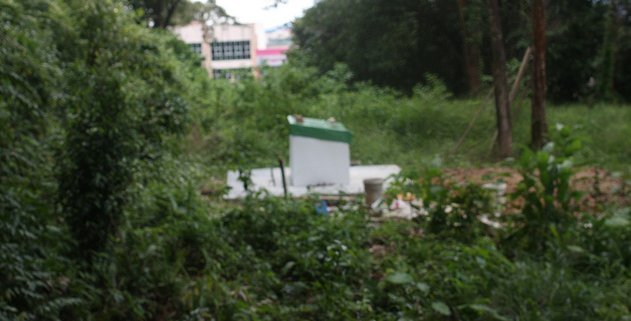 |
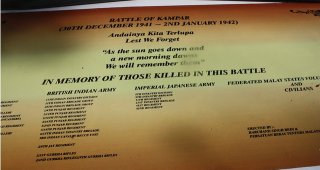 |
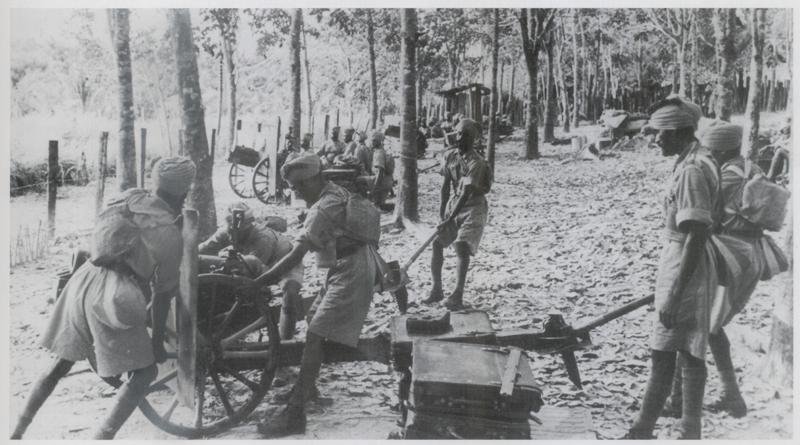
The Monument was constructed with the cost of RM 20,000.It was spear-headed by Harchand Singh Bedi and the Ex- servicemen Association of Kuala Dipang, Kampar. The ex-servicemen dedicated their precious time and it took them 3 months in constructing the Monument. Harchand, said that the project is divided into 3 phase. Phase 1, the monument which, is completed and the next phase is building a gallery which is expected to complete by the year end. The third phase is building sound and light facilities along the trenches on the Green Ridge Site. Mr. Peter Chai, the Chairman of the Ex-Servicemen Association of Kuala Dipang, Kampar said that, “we are organizing the first Remembrance Day ceremony on the site this coming December”. Many dignitaries from the British, Indian, Nepal, Japanese and Pakistan embassies will be attending this memorable ceremony. This Peace monument is dedicated to all including the Japanese Imperial forces who fought and laid their lives for a cause, said Peter Chai.
References: Wikipaedia-Battle of Kampar.
Contributions by: Harchand Singh Bedi: - 012 5159637 and Peter Chai: - 016 5607388 Malaysia. Edited by: Daljit Singh; [email protected]
